The Wind (2018)
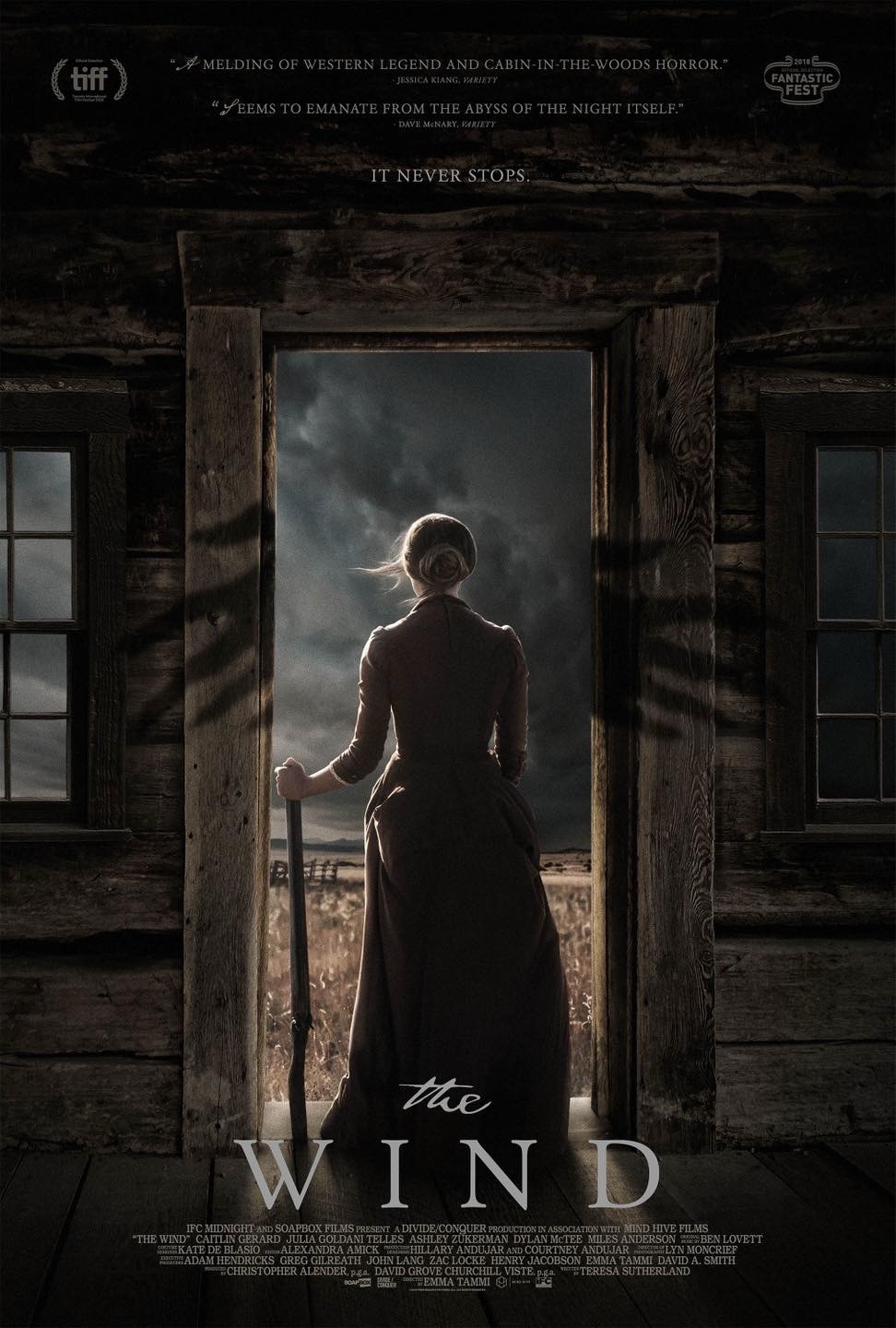
The Wind (2018), directed by Emma Tammi, is a slow-burn psychological horror and Western that explores isolation, paranoia, and the supernatural. Set on the desolate frontier, it delivers a chilling atmosphere and a meditative exploration of mental decline, but its nonlinear structure and ambiguous storytelling may divide audiences.
Suggested videos for you:
Plot and Structure
The film follows Lizzy (Caitlin Gerard), a woman living in isolation with her husband Isaac (Ashley Zukerman) on the remote American frontier in the late 1800s. When a new couple, Emma (Julia Goldani Telles) and Gideon (Dylan McTee), moves in nearby, strange and unsettling events begin to unfold, and Lizzy’s mental state starts to deteriorate.
The narrative is presented nonlinearly, flashing between the past and present, slowly unraveling the events leading up to a tragic death. This structure adds a sense of mystery and disorientation, mirroring Lizzy’s growing instability. However, the film’s pacing is deliberately slow, and the fragmented timeline can be challenging to follow, making it feel a bit convoluted at times.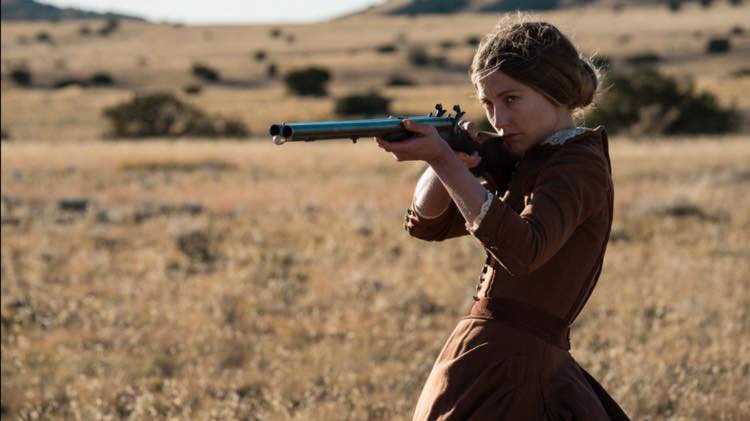
Atmosphere and Cinematography
The film excels at building a haunting, oppressive atmosphere. The vast, barren landscape of the frontier is captured with stunning cinematography by Lyn Moncrief, emphasizing Lizzy’s isolation and vulnerability. The wind itself becomes a constant, unnerving presence, heightening the tension and contributing to the film’s eerie tone.
Tammi skillfully uses silence and subtle sound design to create dread. The film doesn’t rely on jump scares or traditional horror tropes, instead focusing on psychological terror and the creeping sense of the unknown.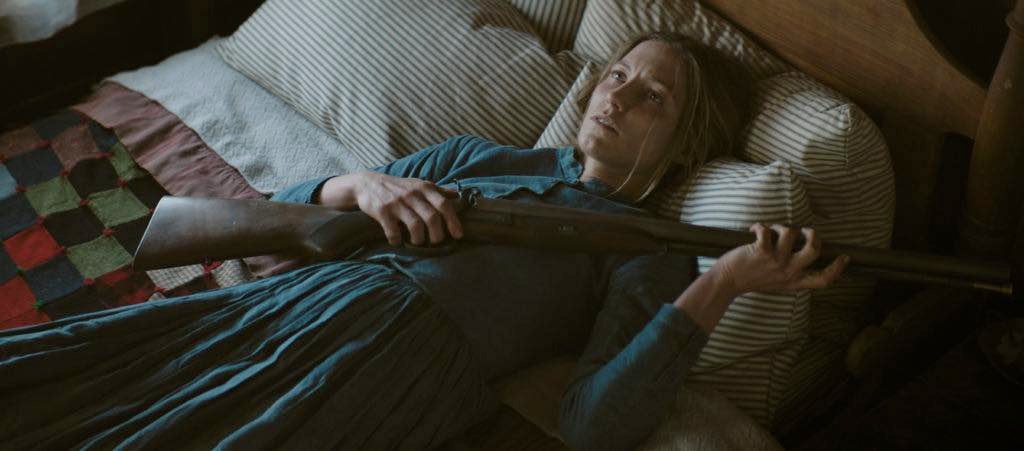
Themes and Tone
The Wind is less concerned with overt scares and more focused on themes of isolation, gender roles, and mental illness. Lizzy’s growing paranoia and hallucinations could be interpreted as supernatural or as manifestations of her loneliness and repression, leaving the audience to question what is real.
The film also delves into the psychological toll of life on the frontier, particularly for women, who were often isolated and vulnerable in harsh, unforgiving environments. The wind serves as a metaphor for the uncontrollable forces—both external and internal—that Lizzy faces.
This ambiguity is one of the film’s strengths, but it may frustrate viewers looking for clear-cut answers. The film leaves much to interpretation, particularly regarding whether the supernatural elements are real or figments of Lizzy’s mind.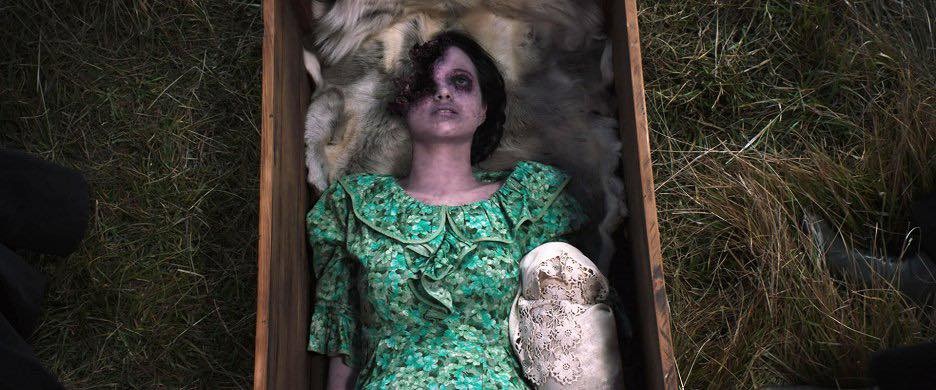
Performances
Caitlin Gerard delivers a compelling and nuanced performance as Lizzy, capturing both her strength and fragility. She carries the film with ease, effectively portraying a woman unraveling under the weight of isolation and fear. The supporting cast is solid, though the focus remains firmly on Lizzy’s experience.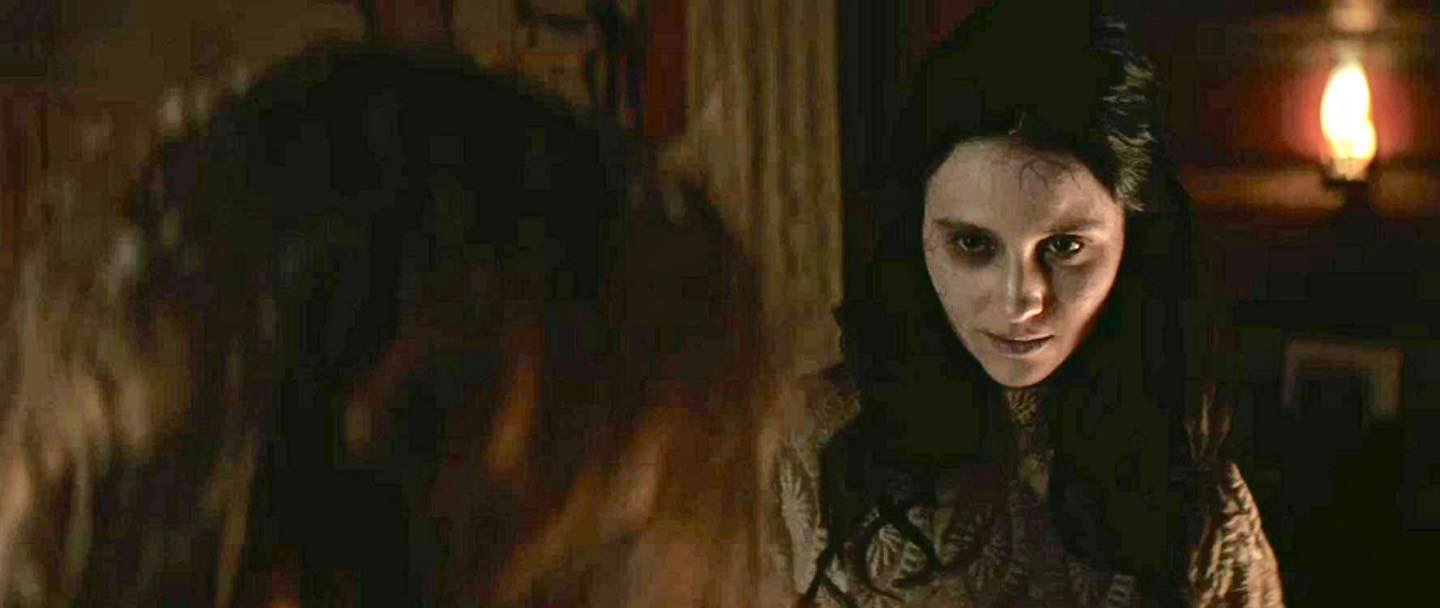
Final Thoughts
The Wind is a moody, atmospheric horror film that thrives on psychological tension rather than traditional scares. Its slow pace, nonlinear structure, and ambiguity may not appeal to all audiences, but for those who appreciate slow-burn horror with a focus on character and mood, it offers a haunting and unsettling experience. The film’s exploration of isolation, mental illness, and the unknown gives it depth beyond the typical genre fare, making it a unique addition to the Western-horror subgenre.










